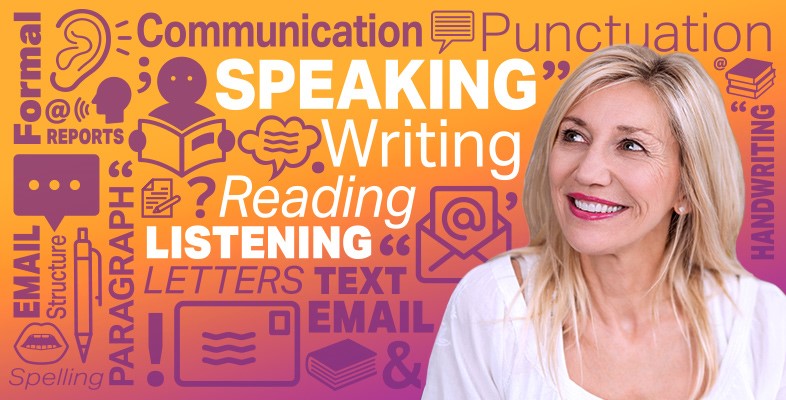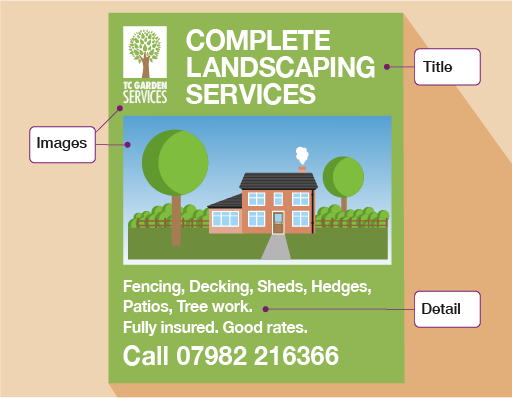1.3 Being an active reader
Becoming more aware and active as a reader is the most effective way of improving your reading skills. You are bombarded by words all the time and deciding what to read is very important.
The following questions will help you decide whether a text is important:
- What is it?
- Where does it come from?
- What is it for?
- Why was it written?
- Who is it for?
Try to follow these tips when reading a new text:
- Read the title of the text. This helps you to decide what it is about.
- Look at the cover, pictures and logo. These may help you decide what it is about, too.
- Think about whether you need to read it. Ask yourself if it is likely to contain helpful information.
- Look quickly at the main part of the text to see if it seems to be written in a style that you can understand and with the level of detail that you need.
Some of these features are shown in the advert below. Notice how the title helps you decide what it’s about, as well as the images, both in the logo and the main picture. The detail below the main picture consists of key words to show what the company is offering. All these features help you decide quickly whether it’s something you need or are interested in.
This leads nicely on to other important questions when reading a text: what is its purpose and who is its intended audience?
Your reason for reading a text is important when deciding whether or not to read it in the first place and then how carefully and how quickly to read it. But equally, it is important to be able to work out and understand the reason it was written and who it was written for.

